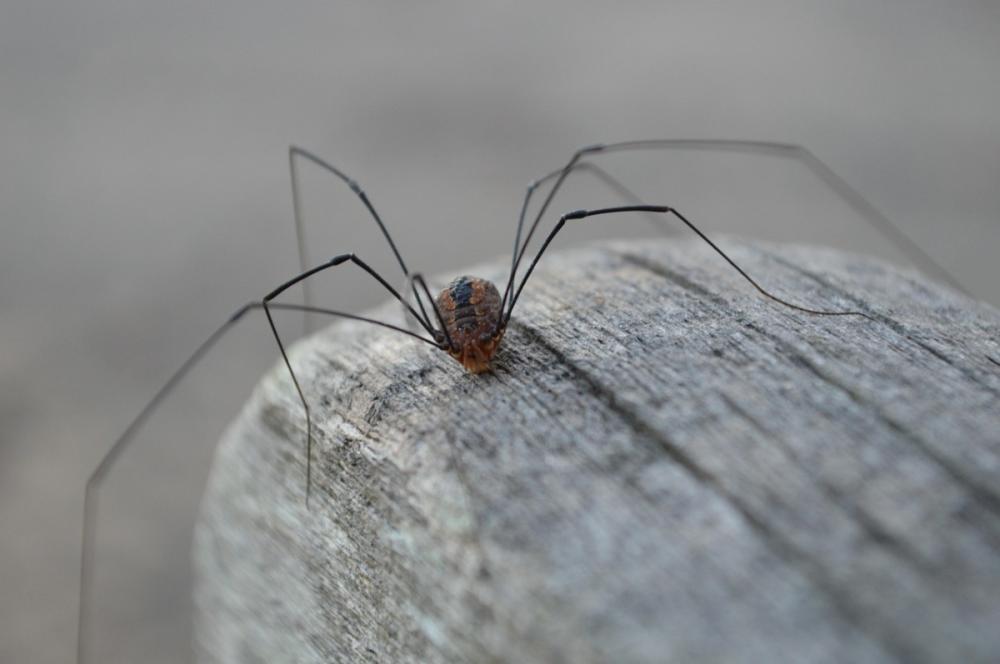search
date/time
 | North East Post A Voice of the Free Press |
1:56 PM 31st October 2025
nature
Have You Seen A House Spider? Join Spider Watch!

Image by BlueSeaShell from Pixabay
House spiders (Eratigena and Tegenaria species) will spend most of the year hidden away, waiting for passing prey and living relatively quiet lives. These spiders have always sought shelter, in tree cavities, caves and animal burrows, for example. Our buildings such as sheds, garages and even our houses make equally good habitat for these spider species, where they will create funnel-shaped webs in crevices such as skirting boards, in fireplaces, and under furniture. They dash out of their webs to capture any passing prey such as woodlice, flies, ants, moths or other invertebrates: house spiders provide natural pest control to repay us for their room and board!
Then from August to October, the males will leave their comfortable webs and begin the search for a female. Under cover of darkness, he will use his astonishing speed (they once were the Guinness World Record holders for the fastest spiders in the world) to cross open areas of the room, looking for the safety of darker corners where the females will be found in their webs. As they can reach quite considerable sizes, with a leg span of up to 12cm (5 inches), this can make for quite a sight.
House spiders are harmless to us and are doing us a great service eating those pesky pests. If we do need to remove them, as not everyone will be comfortable with these wonderful creatures roaming around the living room, they can be captured with a large glass or similar trap and relocated to an equally comfortable shed or garag.
As we take measures to improve the energy efficiency of our homes, there are fewer entry points for spiders and potentially fewer crevices for the spiders to create their funnel webs. Their prey might also be less likely to get into our homes. This might be having a negative impact on house spiders: are we seeing fewer spiders, are they smaller where they do occur?
The daddy-long-legs spider, also called the cellar spider (Pholcus phalangioides), prey on house spiders despite the difference in size (house spiders are generally bigger than these delicate looking predators). The daddy-long-legs spider is a subtropical species that was first recorded in the UK in 1864 and has slowly spread north, probably helped significantly in the last 50-60 years by central heating in homes. But has their spread also resulted in a decline in house spiders, competing for food and also preying on house spiders?
So this Hallowe’en, if you spot a spider in your home, do something for nature and tell us about it!